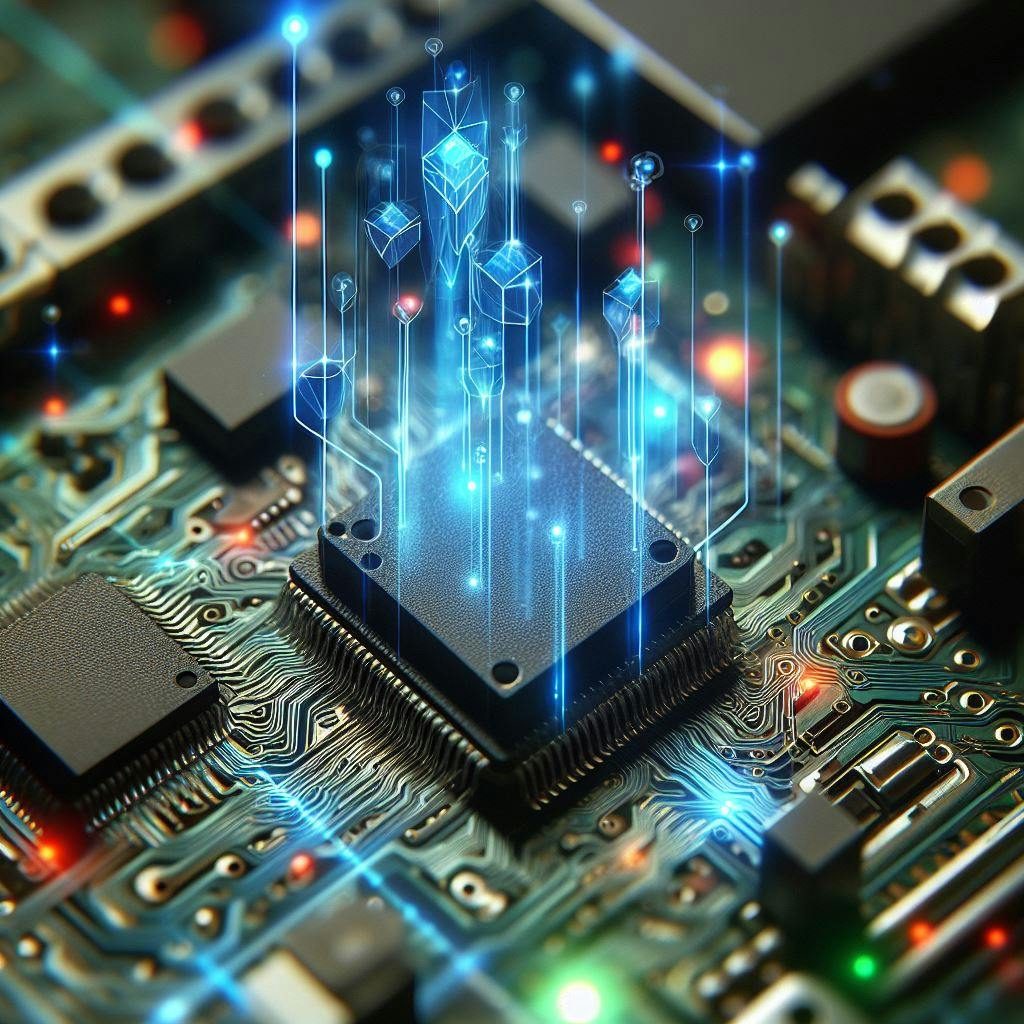
CORE TECHNOLOGIES
Facial Matching
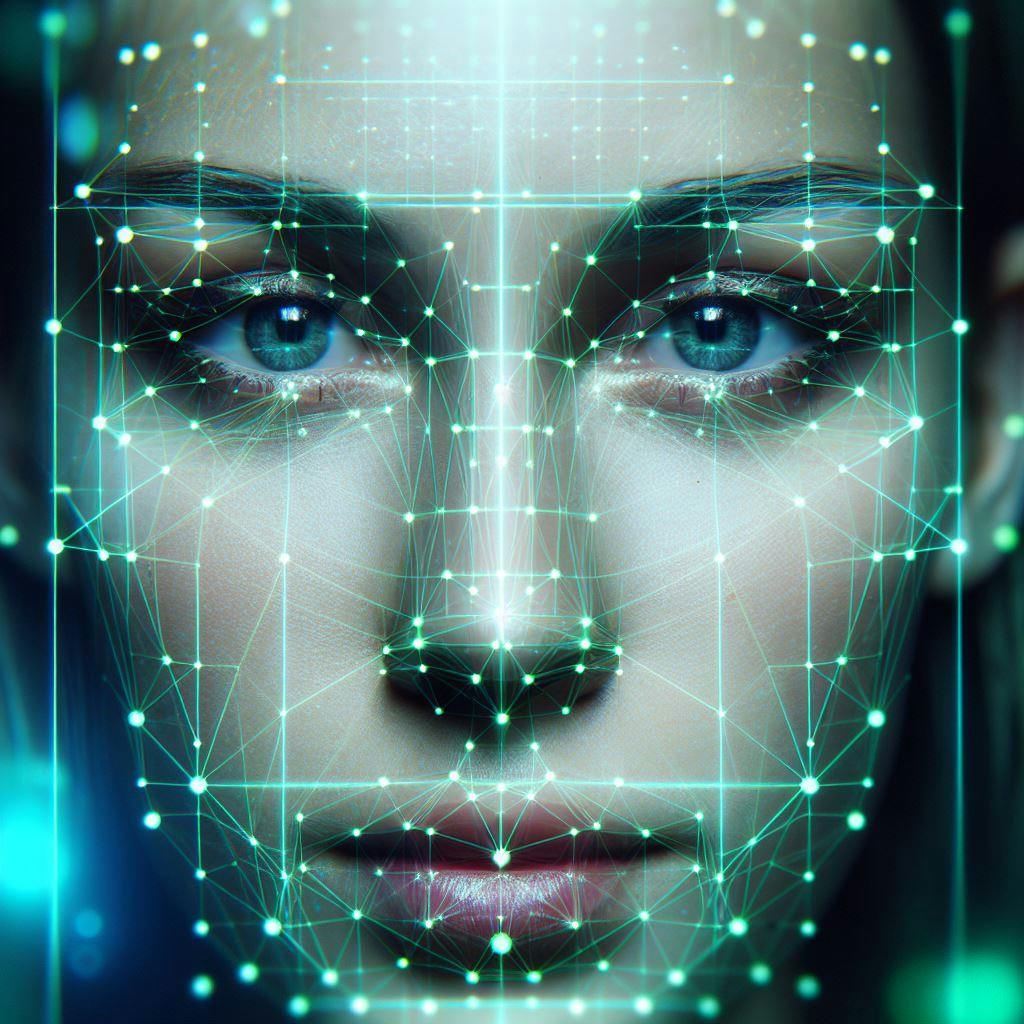
Facial Matching
Facial Matching technology is a sophisticated facet of biometric authentication that compares a captured facial image with images from a database to find an exact match, thereby verifying an individual's identity. This technology employs complex algorithms and deep learning techniques to analyze specific facial features — such as the distance between the eyes, the shape of the cheekbones, and the contour of the lips — across different images, even adjusting for variations in lighting, facial expressions, and angles. Its applications are vast and varied, encompassing security systems for identity verification, smartphone unlocking mechanisms, and automated border control checks, enhancing both convenience and safety. Facial Matching is also instrumental in forensic investigations, helping to identify individuals in surveillance footage. Despite its utility, the technology faces challenges regarding privacy concerns, the potential for misuse, and the need for regulatory oversight to prevent discrimination and protect individual rights. Nonetheless, as the technology advances and these concerns are addressed, Facial Matching continues to revolutionize security and personal identification processes.
Age Estimation
Age Estimation
Age Estimation technology utilizes advanced algorithms and machine learning to analyze visual or auditory data for the purpose of determining an individual's age range. This technology examines various biometric indicators, such as facial features in images or voice patterns in audio recordings, to make educated guesses about a person's age. It finds application across diverse fields, including security, where it can restrict access to age-sensitive materials; marketing, to tailor content and advertisements to appropriate age demographics; and social media, enhancing user engagement through personalized experiences. The accuracy of age estimation technology continues to improve with advancements in AI and the expansion of training datasets, though it also faces challenges, such as ethical considerations regarding privacy and the potential for age discrimination. Despite these challenges, age estimation technology represents a significant step forward in creating more personalized and secure digital environments, demonstrating the growing capability of AI to interpret and understand human characteristics.
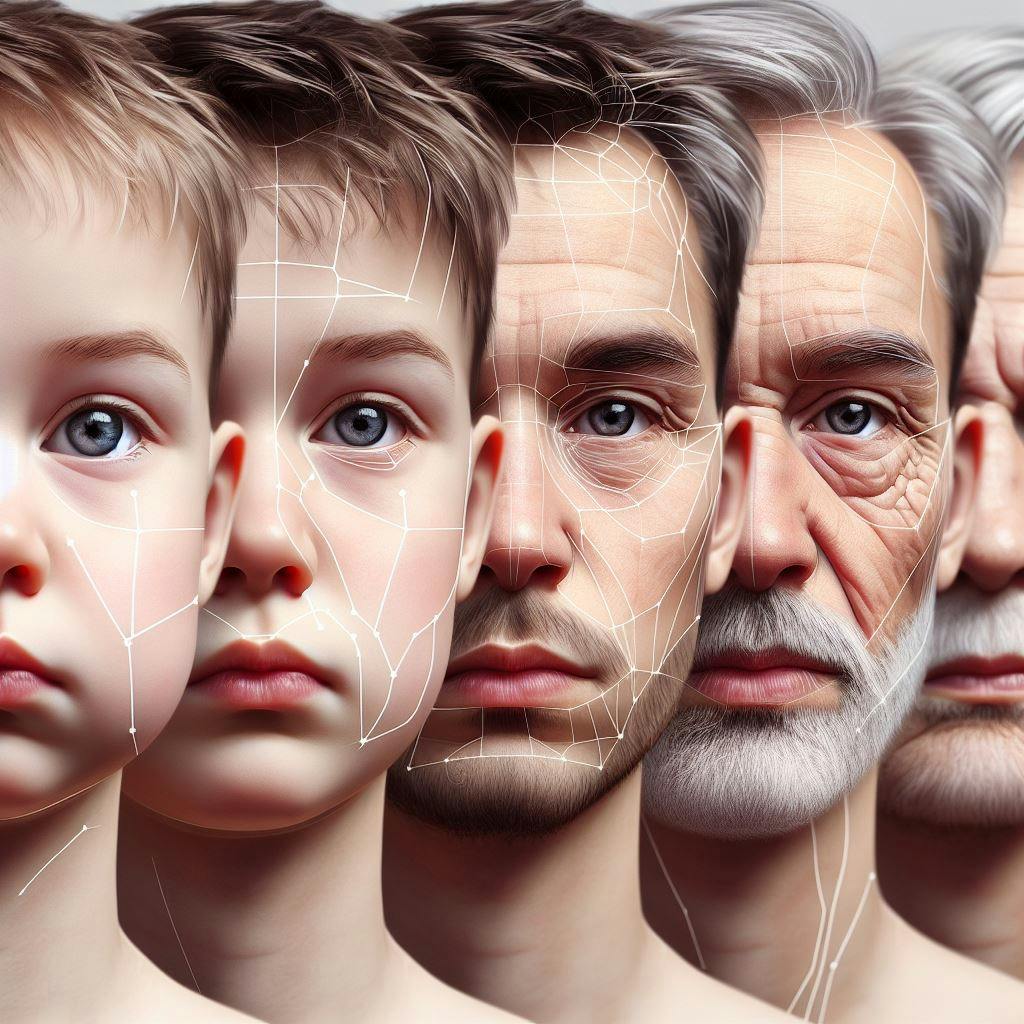
Gender Estimation
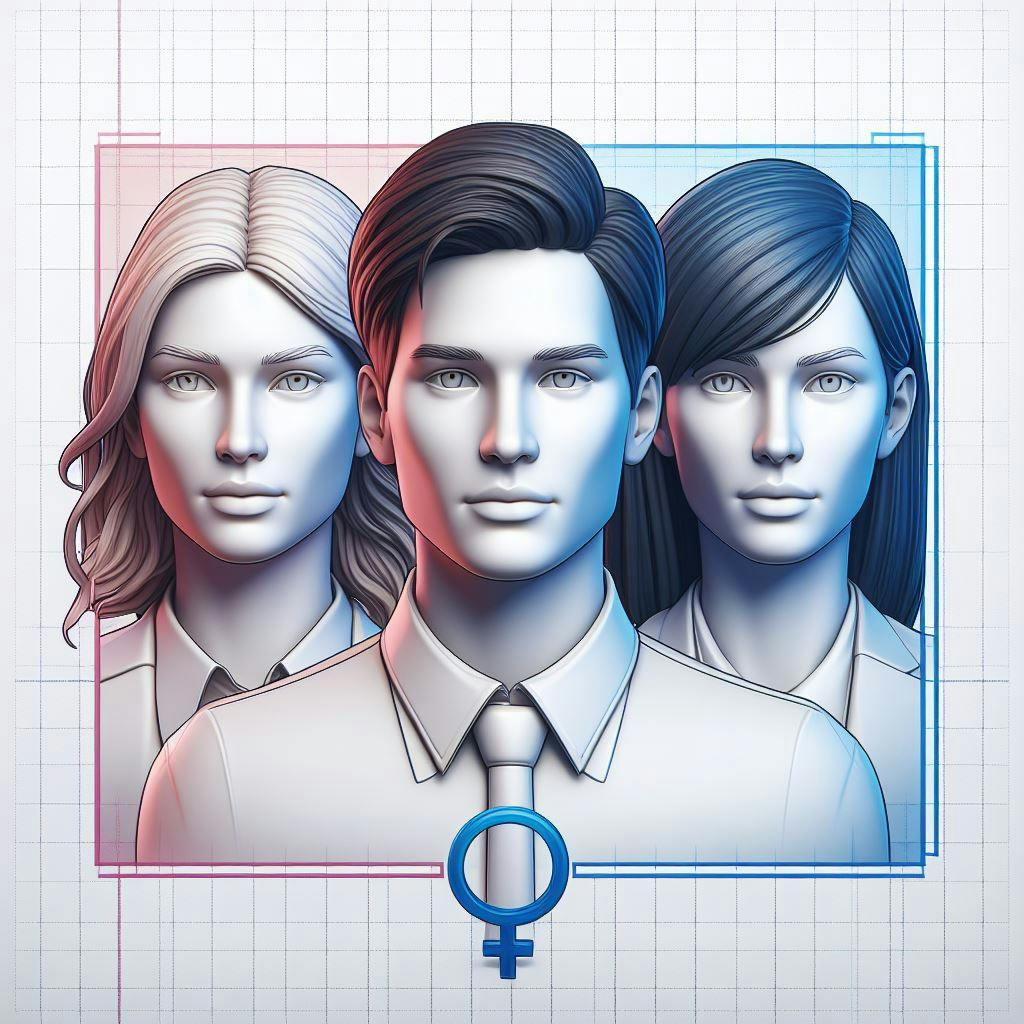
Gender Estimation
Gender Estimation technology represents a specialized branch of artificial intelligence that focuses on the analysis of visual or auditory data to predict an individual's gender. Leveraging advanced algorithms and deep learning techniques, this technology processes and interprets various biometric cues, such as facial features from images or voice modulation from audio recordings, to estimate gender with varying degrees of accuracy. Widely implemented in marketing analytics, security systems, and personalized advertising, gender estimation technology helps in tailoring content and services to specific demographic segments, enhancing user experience and operational efficiency. However, its application raises significant ethical and privacy concerns, including the potential reinforcement of gender stereotypes and the risk of intruding on personal identity matters. As such, developers and users alike are urged to approach gender estimation technology with a critical understanding of its implications, ensuring that its deployment respects user privacy and promotes inclusivity by acknowledging the fluidity and diversity of gender identities.
Cross Platform
Cross Platform
Cross-Platform technology refers to software solutions designed to operate across multiple hardware platforms and operating systems with minimal to no modification. This approach enables developers to write a single codebase that can be deployed across various environments, including Windows, macOS, Linux, iOS, and Android, thereby significantly increasing efficiency and reducing development time and costs. Cross-Platform technologies utilize frameworks such as Xamarin, React Native, and Flutter, which provide tools and libraries to facilitate seamless operation across diverse systems. This is especially crucial in today’s digital landscape, where users access applications from a multitude of devices with differing operating systems. By adopting a Cross-Platform approach, developers can ensure a consistent user experience, wider market reach, and improved maintainability of their applications. However, it's important to balance the convenience of cross-platform development with considerations for performance and native functionality, ensuring that applications meet the specific needs and expectations of their target audiences.
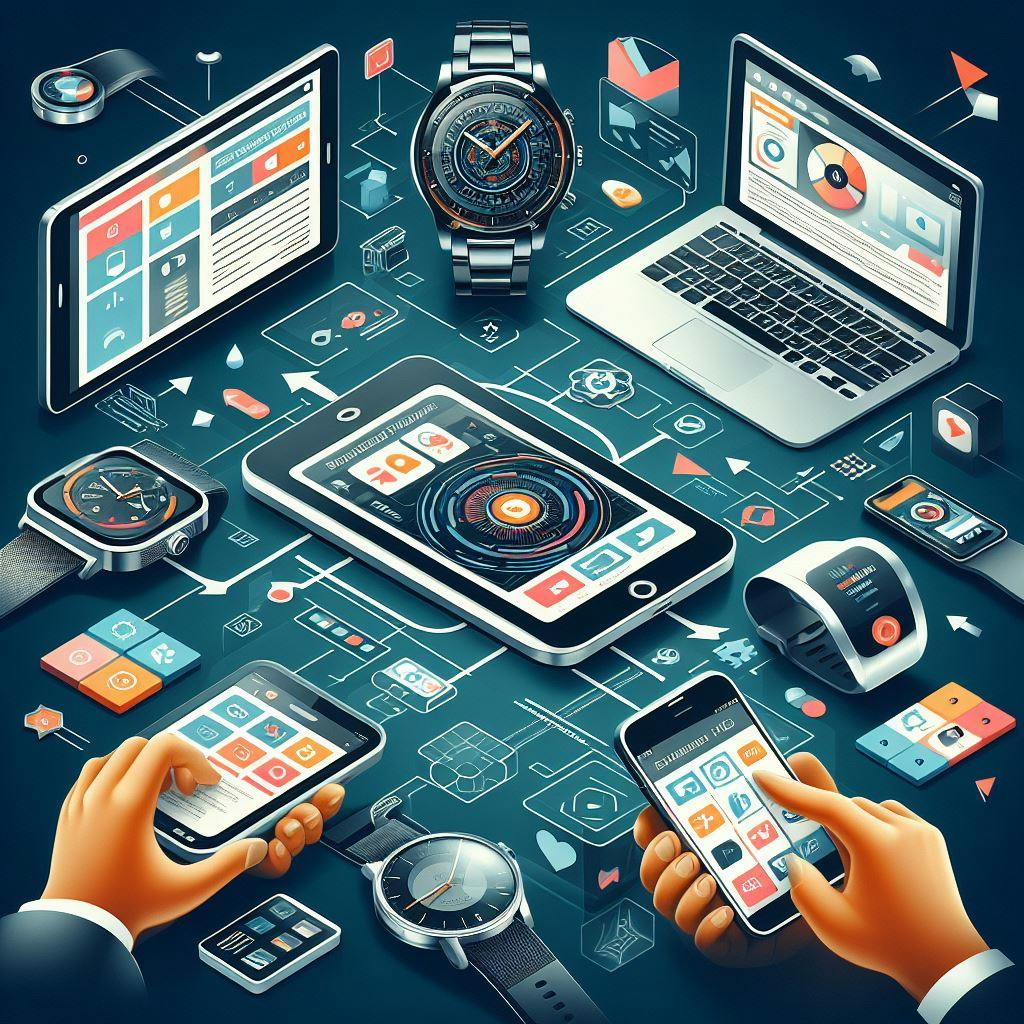
Object Recognition
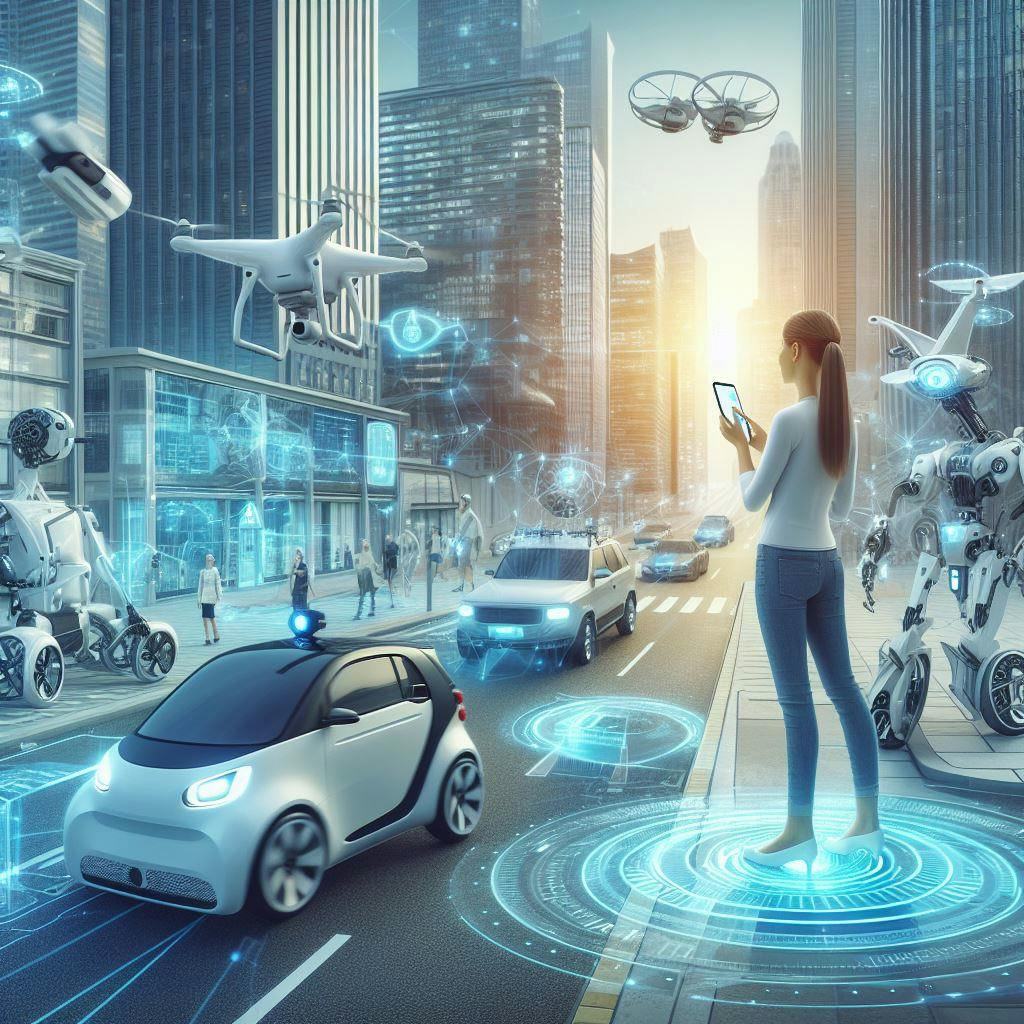
Object Recognition
Object Recognition technology, a cornerstone of modern artificial intelligence (AI) systems, involves the identification and classification of various objects within digital images or video streams. This capability is foundational to a myriad of applications, ranging from autonomous vehicles navigating through traffic, to security systems identifying potential threats, and even to retail environments where it powers inventory management through visual product identification. At its core, object recognition utilizes complex algorithms and deep learning models to process visual data, discern patterns, and categorize objects based on trained datasets. These models are capable of recognizing a wide array of objects, including faces, animals, and inanimate items, with remarkable accuracy and speed. The technology not only enhances user interactions with digital devices through features like photo tagging but also plays a pivotal role in the development of smart cities, where it contributes to efficient public space management and safety monitoring. As it continues to evolve, object recognition is set to unlock even more innovative applications, further integrating AI into the fabric of daily life.
OCR Feature
OCR Feature
Optical Character Recognition (OCR) is a transformative technology that enables the conversion of different types of documents, such as scanned paper documents, PDF files, or images captured by a digital camera, into editable and searchable data. At its core, OCR software analyzes the structure of a document image, identifying and extracting alphanumeric characters and symbols, thereby digitizing the printed text contained within. This feature is particularly beneficial in various sectors including legal, educational, and financial, where it significantly reduces manual data entry and enhances information accessibility. OCR facilitates efficient document archiving, streamlines business processes, and supports the digitization of historical archives, making it a crucial tool in the digital transformation era. Its integration into mobile applications and cloud services has further expanded its utility, allowing users to effortlessly capture information on-the-go and access converted data across multiple platforms, thereby revolutionizing information management and accessibility.
